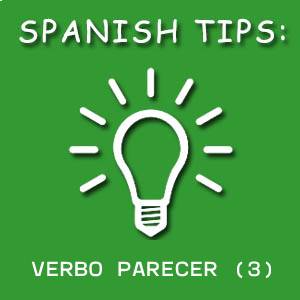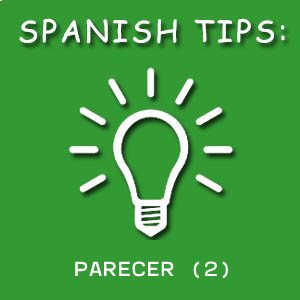Spanish accentuation quiz
April 22, 2018Ser / Estar (basic differences)
April 27, 2018
Autora: Pilar González Manjavacas
In our Spanish classes in Madrid, we teachers frequently find that we need to explain the difference between two similar but different prepositions: POR and PARA. There are many differences in the use of these two prepositions, and many students find them difficult. Given their complexity, we think that the most effective way to face them is to study them in small doses, depending on the learning level in Spanish.
In this post, I am going to focus on two structures: ESTAR PARA + Infinitive and ESTAR POR + Infinitive. There are some basic differences in meaning in the Spanish language we speak in Spain. I suggest that it is better to deal with these aspects in a Spanish class with a level of at least B1.2 or B2.
ESTAR PARA + Infinitivo
-
It is used to express the immediate availability to do something (to be about to do something):
-
“Estoy para acostarme ya”
-
“Estaba para salir cuando él llegó”
-
“El cielo está muy oscuro, está para llover”
-
It is used to express that something is ready or ready to be made. It has a passive meaning:
-
“Estos zapatos están para tirar”
-
“¡Qué naranja tan bonita, está para comérsela!”
-
“¡No tardéis, la comida está para servir!”
ESTAR POR + Infinitivo
-
It is used to express the willingness or preference to do something:
-
“Estoy por decirle la verdad, no me gusta que le engañen”
-
“Estoy por irme, esta reunión es muy desagradable”
-
It is used to express that the thing dessignated by the subject has not received the action yet:
-
“El horario de la clase está por confirmar”
-
“Está por decidir qué comida y bebida compramos para la fiesta”
We hope that these examples help you understand better the difference between “estar por” and “estar para”, so you can go further in the understanding of “por” and “para” prepositions.








2 Comments
The second context with estar para + infinitive is easier to understand than the first context (to be about to)
Based on my research I realize that websites keep saying that estar para + infinitive means “to be about to” but my research shows that estar por + infinitive is the better translation for (to be about to)
Take for example the last example: “está para llover”
When I copied and pasted it into two of the world’s biggest online translators ” google translate and Spanishdict.com” the translations are: “it is to rain” and “is to rain” respectively.
when I replaced para for por I got a more accurate translation ” it is about to rain”
Can anybody explain this to me?
¡Hola, Triston Stephens!
En español de España diríamos solamente “Está para llover” (Algo que va ocurrir inmediatamente).
Yo creo que no es correcto decir “Está por llover”. El verbo Llover no cumple las condiciones para usar esta expresión: es un verbo impersonal y no expresa la idea de voluntad o preferencia.